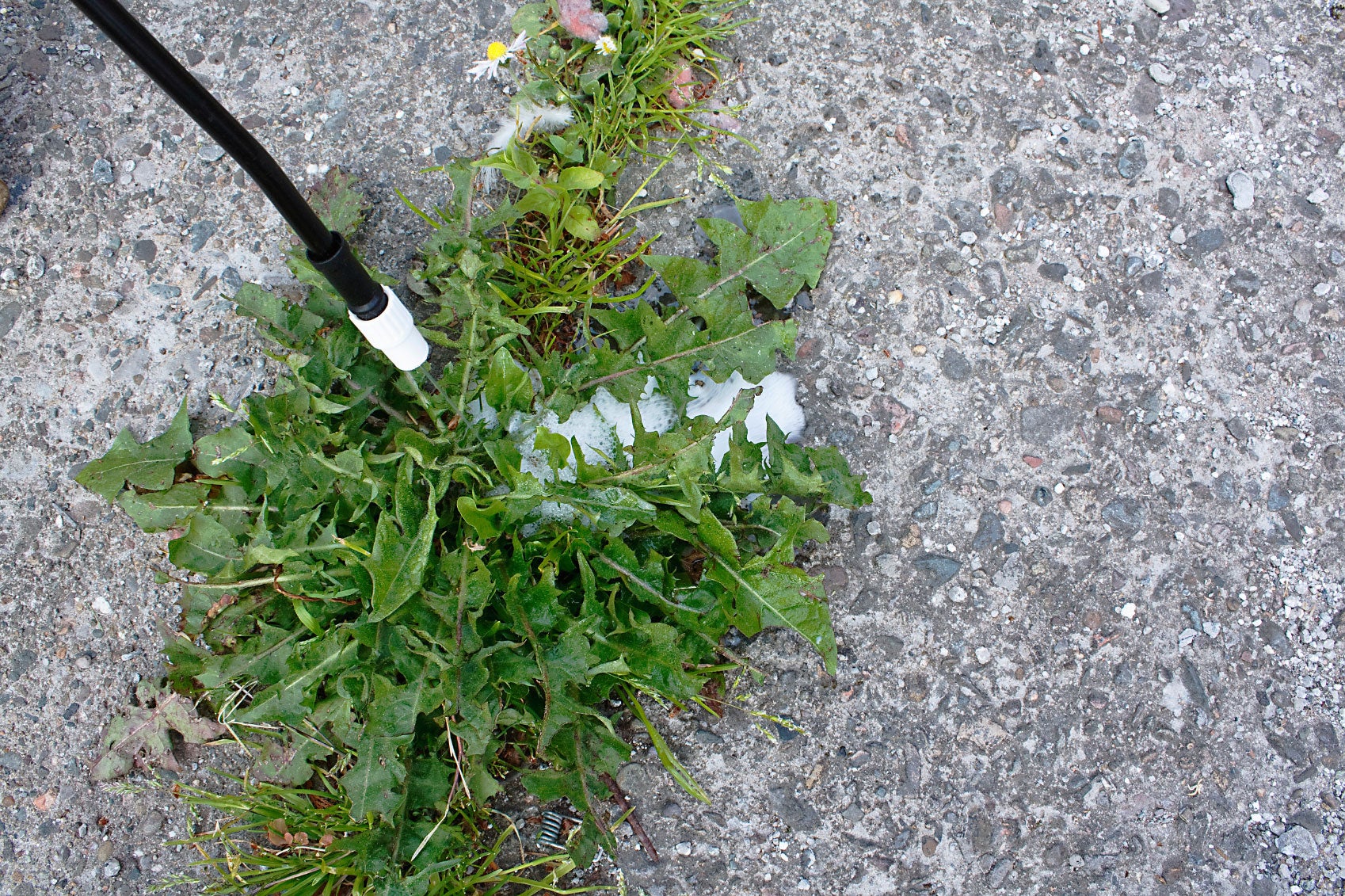What Are Post-Emergent Herbicides: Using A Post-Emergence Herbicide


The presence of weeds in the garden seems to draw the eye and awaken the combative spirit. If pulling the pesky plants for hours is not your idea of fun, try a post-emergence herbicide. What are post-emergent herbicides and how can they keep your garden beds looking perfect?
What are Post-Emergent Herbicides?
Post-emergents attack weeds after they have shown their ugly little heads. The “post” part of this type of herbicide refers to the fact that it is used on already existing weeds. Pre-emergent herbicides are used before you see signs of weeds. Using a post-emergence herbicide properly can control existing weeds and help prevent future ones. There are different types of post-emergent weed killers, so pay special attention to the product description and carefully identify the variety of weeds you need to control. Post-emergent weed killers either attack the foliage or flow systemically to the roots of the weed. They come in spray-on formulas or as granular applications. They are most useful in areas that have literally been taken over by weeds, but you must use caution when applying to prevent drift of the spray or contact with non-target plants. Check the product carefully for post-emergent information such as the varieties of weeds the product is useful on, the method of application, and if the chemicals are safe to use on turf or other areas where contact with non-target plants is unavoidable.
Types of Post-Emergent Weed Killers
Post-emergent formulas come as either systemic or contact applications.
- Systemics are most useful on perennial weeds because they are absorbed directly into the plant and move throughout it for maximum killing action.
- Contact herbicides kill the exposed part of the plant and are used on annuals and smaller weeds. This may seem to be insignificant, but in the majority of weeds, the death of the foliage is enough to kill the entire plant.
Post-emergent herbicides also are classified as selective and non-selective.
- Selective herbicides are used to target certain weeds and in areas such as turf where contact with the grass is unavoidable.
- Non-selective herbicides are used for broad weed control and have a purpose in open, unmanaged fields, for instance.
Using a Post-Emergent Herbicide
Post-emergent weed killers require activation and carefully controlled application conditions for best results. Once you decide what your weed needs are and which formula to use, you need to make sure you consider the rate of application, residual action, and prevent contamination or leaching in certain soils. Apply on a rainless day where the product can dry for at least 30 minutes and, in some cases, for up to 8 hours. For best results, temperatures should be between 55 and 80 degrees Fahrenheit (12-26 C.). The herbicide will need to be watered in after the drying period. Never spray on a windy day and take personal precautions as the manufacturer suggests in order to avoid skin contact and respiratory inhalation. The post-emergent information on the packaging will tell you the method and rate of application, as well as warnings and other important details regarding the product use.
Gardening tips, videos, info and more delivered right to your inbox!
Sign up for the Gardening Know How newsletter today and receive a free copy of our e-book "How to Grow Delicious Tomatoes".

Bonnie Grant is a professional landscaper with a Certification in Urban Gardening. She has been gardening and writing for 15 years. A former professional chef, she has a passion for edible landscaping.
-
 8 Noteworthy Native Azaleas Every Gardener Should Know – And Grow!
8 Noteworthy Native Azaleas Every Gardener Should Know – And Grow!Native azaleas offer brilliant blooms in a range of colors and sizes. Here are a few favorites to get inspired and start working on a native shade garden!
-
 Growing Climbing Roses: How To Create Elegant Displays With Maximum Blooms
Growing Climbing Roses: How To Create Elegant Displays With Maximum BloomsMaster the art of growing stunning climbing roses with this essential guide to creating vibrant, fragrant walls and structures all summer long.